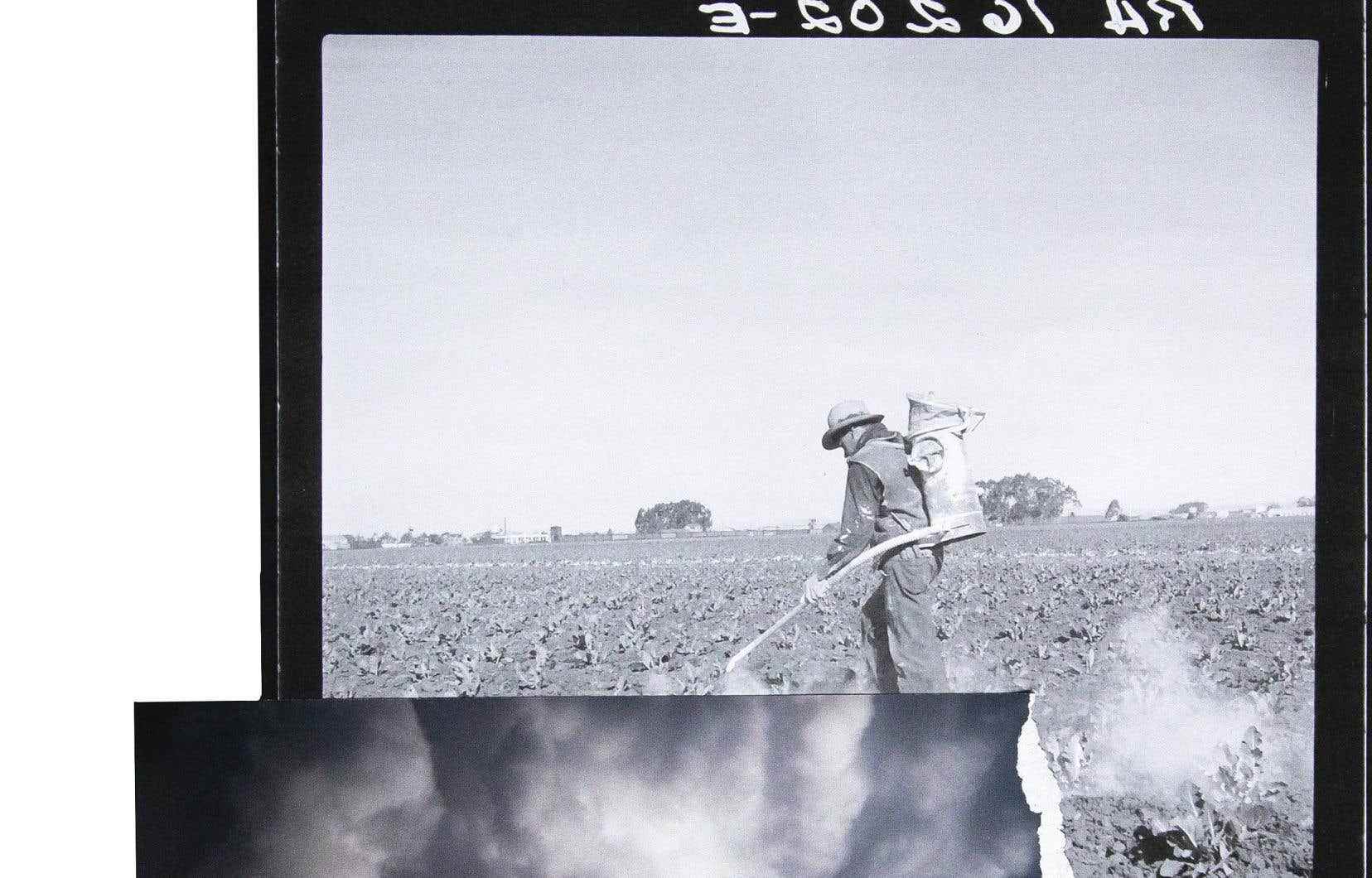This text is part of the special report The State of Quebec 2023
Climate change represents the most important health threat of the next decades, as highlighted by the World Health Organization (WHO). In this excerpt from an interview conducted by Sandra Larochelle and Josselyn Guillarmou for The State of Quebec 2023a director and two regional directors of public health tell us about the social inequalities in health between communities that live in very different environments in Montreal, the Capitale-Nationale, Gaspésie and Îles-de-la-Madeleine.
Citizens are not all equal when it comes to health, and this is all the more true in the face of climate change. How do these inequalities manifest themselves concretely for you?
Yv Bonnier Viger: The impacts of climate change will be felt differently depending on the population, but also depending on the region. We know that the warming is much more intense in the north, so in regions like Nunavik. Beyond the melting of the glaciers and the release of spaces otherwise trapped in the ice, we are currently seeing the melting of the permafrost on which the houses on stilts are built. The melting of glaciers also leads to a rise in sea level and warming of the water. This will have an effect on all the territories that are close to the sea. I’m obviously thinking of the Gaspé and the Magdalen Islands in particular, but it will affect all the sea coasts. We are already witnessing significant coastal erosion phenomena. In the boreal forest, fires are becoming more intense and frequent. This obviously threatens aboriginal communities, such as the Crees or the Innu who live in these regions. These are all elements that we must take into account as regional public health departments to prepare ourselves, rethink our infrastructures and adapt.
André Dontigny: It is true that through our mission, we are particularly interested in people who are most vulnerable to climate change. Specifically, this concerns aging people, but also people who find themselves in difficult socio-economic situations. This is the case, for example, when there are episodes of extreme heat, because heat islands are found in the most disadvantaged neighborhoods. And then, there are more and more extreme climatic phenomena which have and will have acute consequences on health and other issues, such as access to food, due to the disruptions announced on the agricultural level. The phenomenon obviously does not only affect Quebec, but that does not mean that we should not make efforts to better adapt to emergency situations and to the various threats and reduce health risks. […].
Mylene Drouin: In Montreal, my intervention perspective is urban and, in this context, the example of extreme heat is instructive. As André mentioned, there are more vulnerable populations who, because of their living environment, their housing, the type of work they do, are more exposed to this heat. We see it in certain mineralized districts, in certain poorly constructed and poorly insulated apartments. This is also true when one thinks of the adaptive capacity of low-income populations. Their access to parks and larger, air-conditioned accommodation is often limited. We must also question the adaptation measures put in place so as not to further increase existing inequalities. For example, the greening of cities is essential, but it must be ensured that the creation of green neighborhoods or parks does not lead to the gentrification of neighborhoods and the displacement of vulnerable populations to outlying areas that are poorly served by services.
About the authors:
Mylene Drouin, Montreal Regional Director of Public Health
Yv Bonnier Viger, regional director of public health for Gaspésie–Îles-de-la-Madeleine
André Dontigny regional director of public health for the Capitale-Nationale region
This special content was produced by the Special Publications team of the To have to, pertaining to marketing. The drafting of To have to did not take part.
